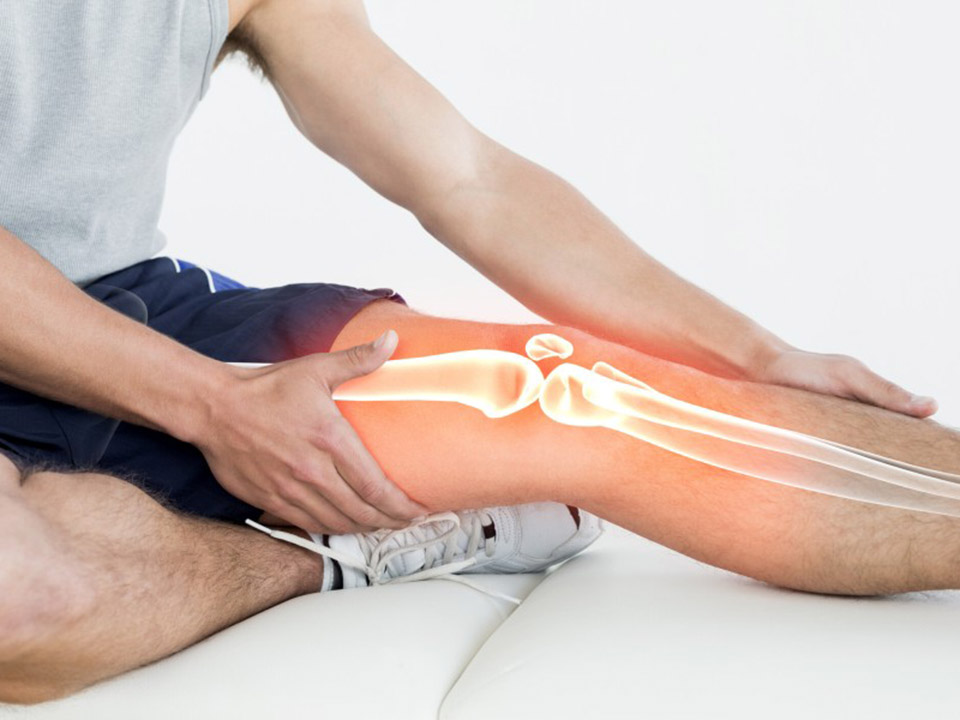This is a nice review article outlining the previous clinical evidence and discussing the tremendous potential of stromal vascular fraction (#SVF) for the treatment of knee osteoarthritis (OA).
Knee OA is a common degenerative joint disease characterized by “inflammation and destruction of surrounding tissues.” Pharmacologic treatment options are short-term fixes targeting pain and inflammation, and their long-term use are associated with potentially significant complications. “Non-pharmacological strategies are usually limited to physical therapy, low impact exercise, weight loss, physical aids, and nerve ablation.” As the disease progresses, knee replacement is usually the only option.
Orthobiologics, or “biologic products derived from substances that are naturally found in the human body” are emerging as treatment alternatives for OA and include “platelet-rich plasma (PRP), hyaluronic acid (HA) and bone marrow aspirate/concentrate (BMA/BMAC), as well as adipose tissue-derived stem cells (ADSCs).”
The newest orthobiologic on the block is SVF, which is the heterogenous collection of stem cells and connective tissue that make up fat (adipose) tissue. The tremendous potential of SVF lies within its heterogeneity. It promotes new vessel formation (#angiogenesis), decreases inflammation (#immunomodulation), promotes expansion of healing cells and tissue at the site of injection, and the connective tissue or extracellular matrix is critical for cell signaling and migration.
Traditionally, SVF has been harvested using a strong chemical called collagenase (enzymatic digestion). This method has limitations because it disrupts and removes the extracellular matrix in the process, and perhaps more importantly, if not properly washed away, “trace amounts of residual collagenase in injectable products is extremely detrimental to the patient, since they are known to induce articular degeneration both by digesting cartilage collagen and by causing articular instability.”
Therefore, mechanical processing to generate an SVF therapeutic is desirable. There are several manual processing devices on the market or in development that generate SVF, sometimes referred to as “nanofat.” However, this process is also imperfect because it relies on the hand-generated forces by the user which is impossible to standardize and potentially leads to high variability and cell destruction.
Notably, obese patients are a key demographic that requires special consideration in the treatment of knee OA. “Obese individuals are more susceptible to joint degeneration as the mechanical stress applied to the cartilage of weight-bearing joints is significantly higher…” But it’s important to note that the stem cells that reside in fat tissue of obese patients behave differently. Obesity “is a central component of metabolic syndrome…” and “whilst under chronic stress brought on by metabolic syndrome, they tend to shift their activity towards a more pro-inflammatory profile.”
If only there was a fully-automated platform that manually processes fat to generate an injectable SVF product, but also enriches and mechanically activities critical regenerative cell populations in fat associated with angiogenesis and immune modulation… 🤔
Stay tuned! 🤓
Published by: Derek Banyard, MD, MS, MBA







